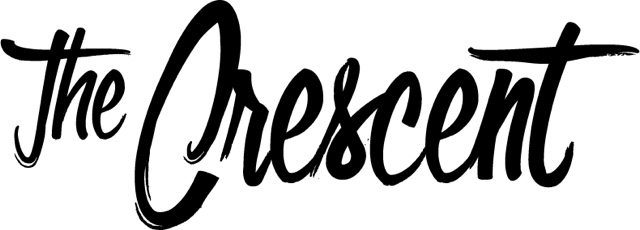Minthorn’s Namesakes: Proponents of Oregon’s Indigenous Assimilation Campaign
Reported By: Sophia Lumsdaine
Photographed By: Allison Martinet
Minthorn is the oldest building on the George Fox University (GFU) campus and was built 138 years ago in 1885. Though it now houses the Spanish Program, the Center for Study Abroad, and the International Students office, the individuals for which it is named were closely involved in the effort to marginalize, control, and indoctrinate Native Americans in Oregon.
Originally, the Minthorn building was used as a dormitory for Friends Pacific University, a predecessor institution to GFU, according to the GFU website. Laura Ellen Minthorn and her husband Henry John Minthorn were the aunt and uncle of Herbert Hoover, and they raised Hoover from a young age when he was orphaned. Both because Henry Minthorn served as the first president of Friends Pacific University and their relationship to Hoover, Minthorn Hall was named after the couple.
However, Henry Minthorn is not only known as a founding father of the fledgling Quaker school of Friends Pacific University; he was also a superintendent of one of the very first schools for Indigenous children in the United States. Though his time at this school ended when he oversaw Friends Pacific University, he later returned to a similar vein of work and served as an administrator for the Bureau of Indian Affairs in Oregon.
The school Minthorn managed was called the Chemawa Indian School, located in Forest Grove, Oregon. Established months after the infamous Carlisle Indian School in Pennsylvania, the Chemawa Indian School was part of a federal campaign to finalize the conquest of Native Americans by removing Native children from their communities and culturally indoctrinating them to conform to White American society.
Chemawa was one of the very first of over 400 schools for Indigenous children across the United States. These schools have been harshly criticized by historians and members of Native American communities. As stated in a Washington Post article by Diana Hedgepeth, “Government officials and experts estimate that tens of thousands of Native children attended the schools over several generations, though no one knows the exact number. Thousands are believed to have died at the schools. Many others were sexually assaulted, physically abused or emotionally traumatized.”
Children from over 20 different tribes throughout the Pacific Northwest were forcibly brought to the Chemawa Indian School. By 1885, about 300 students attended the institution.
Students ranged in age from as young as age 6 to their early 20s, and stayed at the school anywhere from three to 10 years. They were forced to cut their hair, wear military uniforms, and were forbidden from speaking their native languages. Much of the school was built and maintained using unpaid student labor. When Minthorn arrived as superintendent in 1883, he immediately set about expanding the school.
American Quakers have historically had a mixed relationship with Native Americans, but they have had a reputation for seeking peace and understanding with the indigenous inhabitants of the United States. William Penn, who lived in colonial America, in particular, has been seen as a Quaker leader who sought to cultivate a relationship based on mutual respect and understanding between Quaker and Native American communities.
As a Quaker institution, GFU may want to consider the implications of dedicating its most historic building to people involved in the attempted erasure of the Indigenous cultures of the Pacific Northwest.
